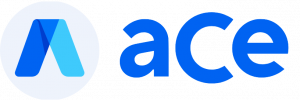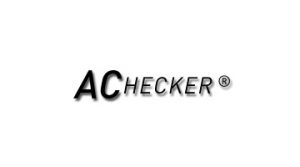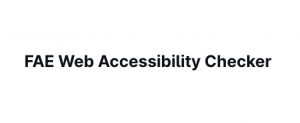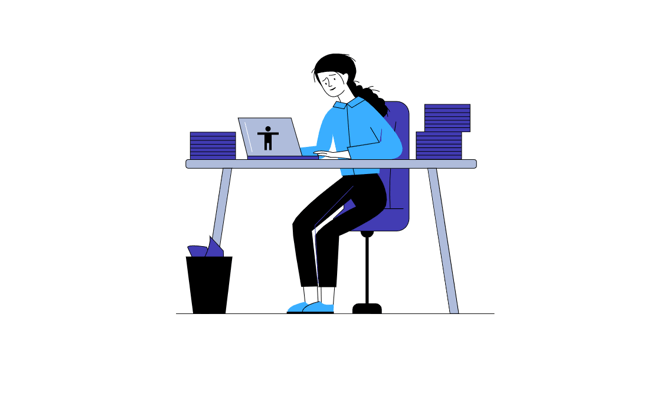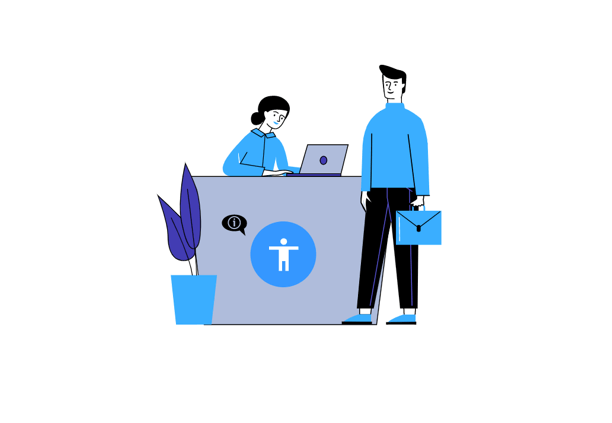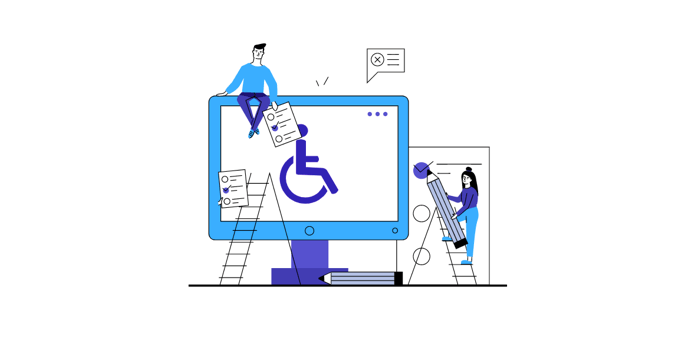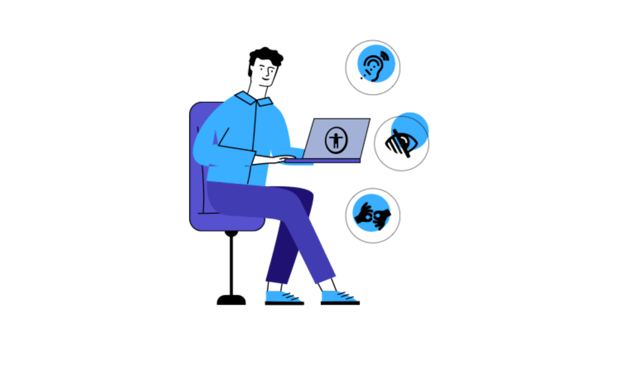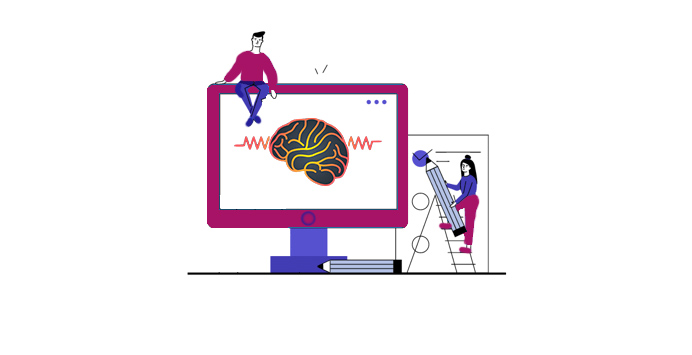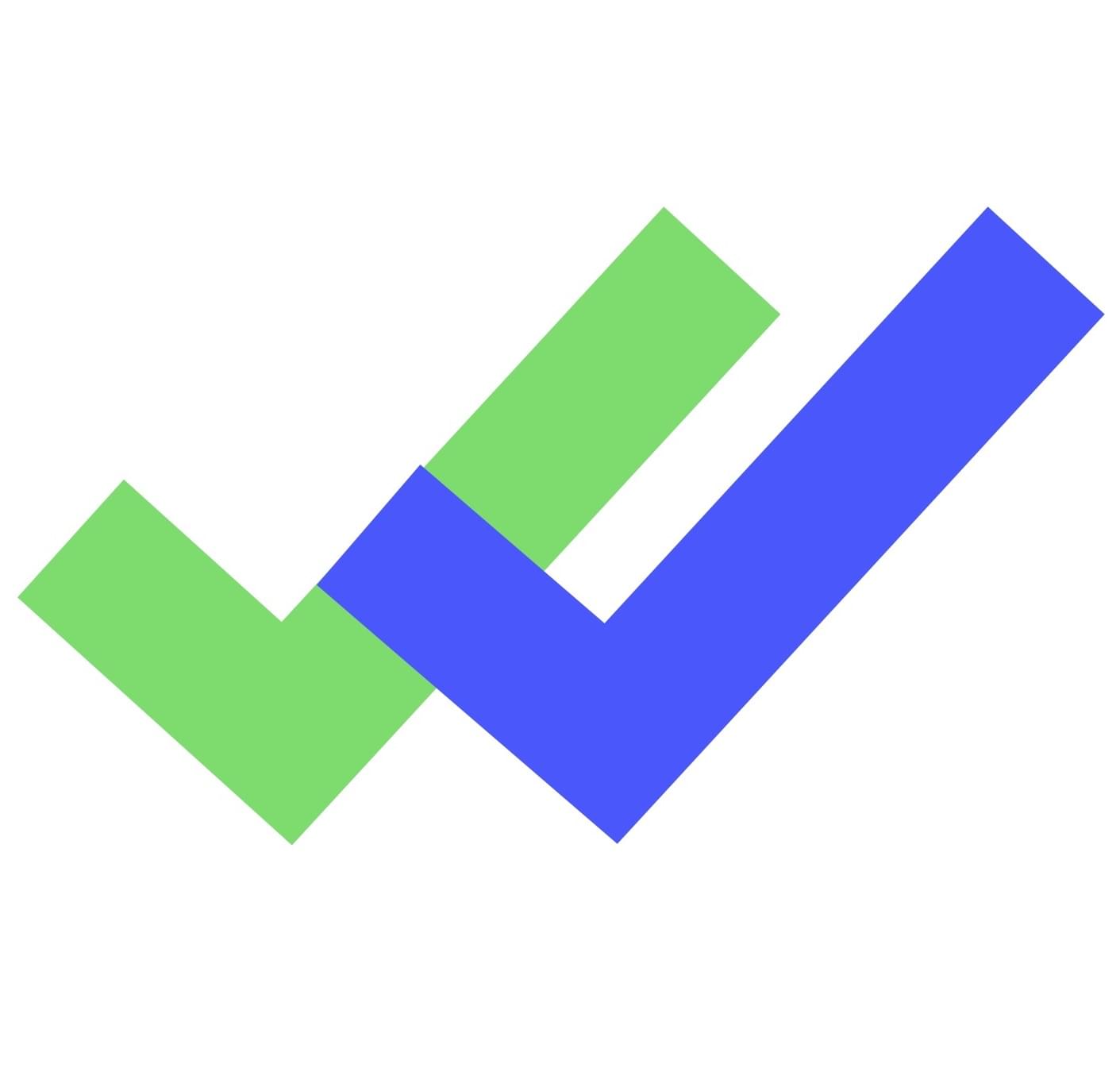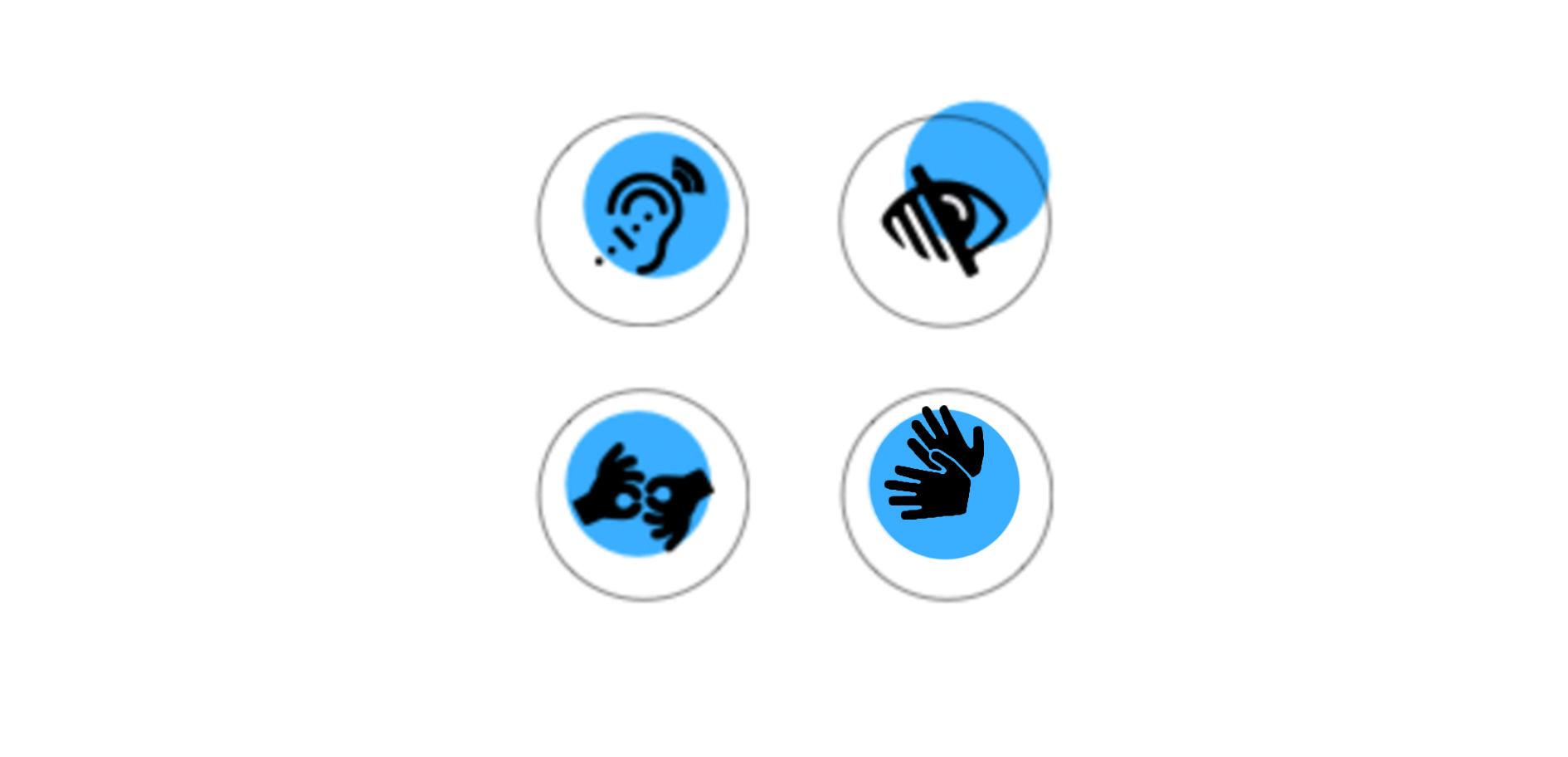
There are many difficulties that website visitors with partial or complete disabilities can experience on the web. The web accessibility barriers are numerous, depending on the disability type. However, all the barriers can be overpassed with web accessibility standards and solutions. Without these standards, it would be tough for disabled users to use the site’s services fully. Over the years, we’ve seen plenty of cases where disabled people couldn’t use the site. Therefore, it’s crucial to know the most common web accessibility barriers to understand how to overcome them.
Common web accessibility barriers and issues
To get a better understanding of the struggles that disabled website visitors face, it’s crucial to know the types of barriers.
Based on the type of disability, different barriers are divided into several categories:
- Visual barriers
- Hearing barriers
- Cognitive barriers
- Physical barriers
- Barriers of speech
Besides knowing the type of barriers of the different disabilities, it’s also important to understand the different levels of disability. Some website visitors are partially disabled or suffering from disability caused by an injury or illness. Either way, we’ll go over these barriers to further explain the difficulties people with disabilities face on the web.
Types of web accessibility barriers
Visual Barriers
When it comes to visual barriers, color sensitivity and blindness could cause difficulties in using a website. Different types of barriers could prevent visually disabled users from using site services. Website elements like images, text, and other page elements without the accordant alternatives present a great barrier. Moreover, visual and non-visual page orientation elements without appropriate alternatives present an even bigger issue. Visually challenged website visitors could also face the video content barrier if there is no screen reader option available. Most importantly, if the site navigation panel is too complex, it could cause a crucial barrier for visually challenged visitors.
Hearing Barriers
The hearing barriers are also great in numbers as visitors with hearing difficulties require a visual alternative. Some people are also facing partial deafness because they can’t recognize speech if there are background noises. With a worldwide increasing elderly population, this barrier affects a growing part of society.
The main barrier that users with hearing difficulties can face is auditory content without proper caption or transcript. On the other hand, site users with hearing difficulties require adjustable caption options. Sometimes, even a lack of sign language can create a barrier for visitors with this issue.
Cognitive Barriers
On the other hand, cognitive barriers and barriers for users with learning disabilities come in even greater numbers. Namely, some of the examples of cognitive web accessibility barriers are complex site layouts and navigation.
Users with cognitive disabilities require more simplicity in the site design and functional layout. Because of this, unclear web content presents a barrier to web accessibility for cognitive disabilities.
Website owners should pay additional attention to text layout and the number of sentences in each paragraph. Anything over complex represents a potential barrier for this type of disability. Unnecessary page design elements and animations also make a type of barrier for cognitive disabilities.
Physical Barriers
Physical barriers include the inability to ensure keyboard control and visual alternatives. Physical barriers include limitations of muscular control, pain that slows the movement, and in the worst-case scenario missing limbs.
Due to the inability to fully control their muscles, people with physical barriers need specially designed hardware and software. They most certainly need to put more time and effort into typing, click, or perform any other activity on the internet.
Barriers of Speech
Barriers of speech, on the other hand, include sites that only offer phone conversation as a way to reach customer service. Besides that, speech barriers are also present on websites that have voice recognition features and software. This means that people with this barrier might not clearly understand someone due to the loudness and clarity of a voice.
Also, it’s hard for someone to understand what people with speech barriers need. That’s why an e-mail or a writing conversation is a suitable alternative for those who suffer from this type of disability.
Checklist on how to avoid these barriers
Besides just listing the web accessibility barriers for people with disabilities, let’s take a look into tackling methods. Therefore, here’s a checklist of web accessibility difficulties and how to overcome them:
- Remove the visual barriers – Website owners can still enable visually-challenged users to enjoy the site content. It requires including the magnifying options of content and cursor, as well as the color adjustment. Take a look at our Checklist for Visual Barriers to make sure you’re complying with the latest standards.
- Remove the auditory barriers – Hearing barriers can be removed if the site includes options to adjust background noise, transcripts, and captions. Take a look at our Checklist for Audio Barriers to make sure you’re complying with the latest standards.
- Avoid the cognitive barriers – It’s possible to remove cognitive barriers by erasing any seizure-causing flashing or lights in the content. Labeling and site navigation should be progressive and plain.
- Eliminate the physical barriers – Site owners can avoid the physical barriers by including full keyboard control of the site navigation. They should also enable different ways of site navigation.
- Remove the barriers of speech – It’s possible to remove the speech barriers by ensuring operable keyboard communication and other alternatives.
Of course, sometimes additional measures are required to ensure the equal usability of the site for everyone. In that light, we’ll cover some additional ways of making sure of complete web accessibility.
How to additionally improve visual barriers?
As mentioned before, besides users with complete visual disabilities, some have partial difficulties. Users that are color sensitive require measures like adjustable color ratios and adjustable contrast levels.
Furthermore, additional enlargement of some web page components could significantly improve this barrier. Keeping in mind that generally, up to 200% magnification is the maximum value, some components require additional magnification.
On the other hand, specific tools like screen readers and audio descriptions greatly benefit the visually-challenged. With all these measures, visual barriers could easily be reduced to the maximum.
Improving the auditory and speech barriers
Much like the visual barriers, auditory and speech barriers can also be almost eliminated with tools’ implementation. Captions and transcripts greatly benefit users with auditory disabilities.
Moreover, media players are also crucial for the improvement of this barrier. Namely, media players should contain additional adjustment of captions. Mostly, tools that enhance the visual site navigation may benefit users with auditory and speech barriers.
Noise-editing tools are also required to reduce the difference between background noise and foreground sounds. When it comes to speech barriers, website owners could improve the accessibility score by including other on-site communication methods.
How to improve the cognitive accessibility score?
Cognitive difficulties may be the most challenging ones when it comes to removing the accessibility barriers. First off, site owners should implement a clear structure and overview. Labels are also important for better on-site navigation, including the checklists, numbers, and other elements.
However, if the page includes too much flashing or bright-colored content, the cognitive accessibility score can be worsened. Any form of distracting content should strictly be removed from the page.
When it comes to aspects like links and paragraphs, they should be conveniently pointed out and have full functionality. The simplicity of the menu and site content navigation is crucial to ensure the highest score in cognitive web accessibility.
Still, there are many other valuable aspects of cognitive web accessibility. Some users may require customizing the colors or contrasting levels to suit their needs. Similarly, any form of text should include enlargement options.
How to boost physical web accessibility?
Although this may strike website owners as the least of the problems among accessibility barriers, there’s much more to it. Numerous site visitors may suffer from temporary or permanent physical damage.
If that’s the case, these users might be prevented from having full functionality on the website. Mostly, this aspect is focused on on-site navigation. To make the site more operable for the physically disabled, website owners could use the following steps.
First off, additional methods of site navigation are required besides the regular way with keyboard and mouse. Ergonomic solutions might greatly benefit the physically disabled in their site usage.
On the other hand, people with injuries or permanent damage could have difficulties using their site navigation hands. To avoid this barrier, site owners can enable the use of head pointers and similar tools.
Physically disabled users gladly accept all types of hands-free site navigation. Additional solutions like voice recognition can also greatly enhance the accessibility score.
Conclusion
There are many web accessibility barriers that website visitors can face while using websites. Website owners can do a great favor both for the visitors and themselves by implementing accessibility solutions. By 2025 web accessibility is everywhere, so it is better to update your website sooner rather than later. Still, it’s possible to greatly enhance the accessibility score by holding on to the WCAG standards and using the mentioned tools.
Hopefully, after reading this article, website owners will know the exact measures they should take to make their sites accessible. Another great idea would be to make use of the numerous existing accessibility checkers. This way, website owners can make sure that their site is fully accessible for visitors with disabilities.
If you are among the mentioned site owners, try using the impressive FAE accessibility checker. It’s an amazing tool that performs a full scan of the site’s accessibility. Using such tools can only improve the website accessibility score to satisfy both the owner and users.

